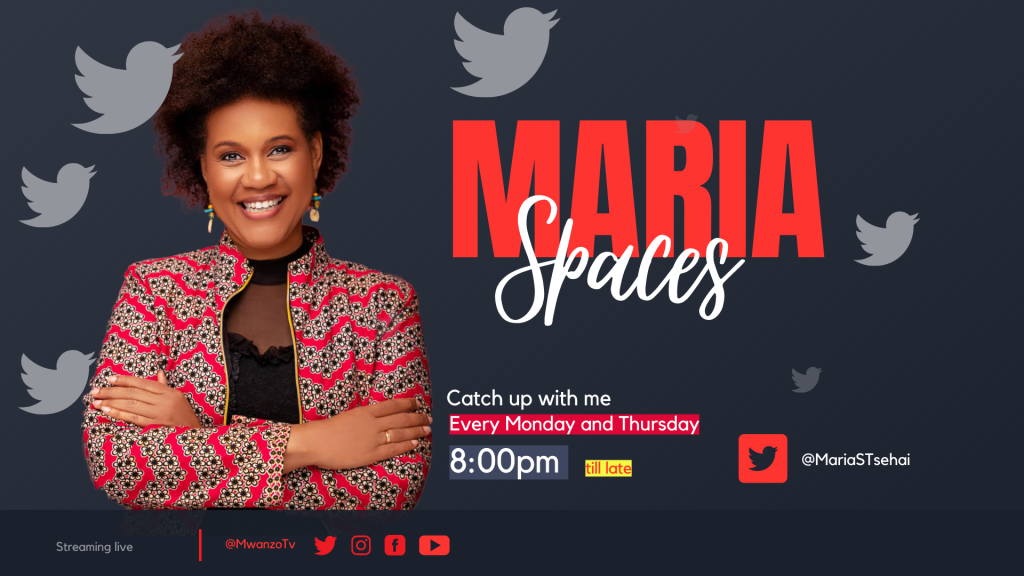
Twitter Blue, Elon Musk’s subscription option for Twitter since he acquired the social media platform in October last year, has been rolled out for Android users.
Twitter launched the Ksh.10,000-a-year ($84) Blue subscription for web users on Monday as an addition to the Ksh.993 ($8) monthly option.
For mobile, Android users got a Ksh.1,365 ($11) monthly plan on Thursday, similar to what iOS users are required to pay.
So far, Twitter Blue is available in the US, UK, Canada, Australia, New Zealand, and Japan.
But what exactly does one get for forking out such amounts of money to access the originally-free platform?
The first premium feature Twitter is offering under the Blue plan is the blue verification mark, although it is unclear how Twitter will authenticate users beyond account owners who just have a phone number.
“Blue subscribers with a verified phone number will get a blue check mark once approved,” is all the company said on December 11 while announcing the feature.
Since then, it has introduced three check-marks; gold checks for companies, grey for government entities, and blue checks for individuals, whether or not they are celebrities. Twitter Blue users fall in this category.
Subscribers also get the ability to upload longer videos. Currently, Twitter caps the video length for regular users at 2 minutes and 20 seconds, and even if the video is less than that, it needs to be less than 512 MB.
With Twitter Blue, subscribers will get the ability to upload videos of up to 10 minutes.
Additionally, Twitter says it is giving priority ranking in conversation replies, mentions and search results for Blue users.
Other features are an Edit Tweet option, seeing half the number of ads, a thread reader, ability to download higher quality videos, as well as custom icons and themes.
“Subscribers will be able to change their handle, display name or profile photo, but if they do they’ll temporarily lose the blue check-mark until their account is reviewed again,” the company says.
Twitter Blue is part of Musk’s effort to grow its subscription business of the company he acquired for $44 billion, including a substantial amount of debt financing.
He has touted new the verification system, for instance, as a way of levelling the playing field and promoting free speech.
However, the initial launch of the new system was marred with controversy and back-and-forth amid concerns of impersonation.
It is still not clear how much the company has made since the launch of the subscription service and data about its uptake is not yet available.
After taking over the tech giant, Musk laid off around half of the company’s 7,500 staff and ended many of the employee perks such as free meals.
In November, he said the company had seen a slump in revenues after several of its advertisers pulled out.
“Twitter has had a massive drop in revenue, due to activist groups pressuring advertisers, even though nothing has changed with content moderation and we did everything we could to appease the activists
Extremely messed up! They’re trying to destroy free speech in America”
– Elon Musk (@elonmusk) November 4, 2022
There have also been reports that the company has allegedly failed to pay rent at offices around the globe, including the San Francisco headquarters, where their landlord is suing for non-payment and from where the company has been putting office items up for auction.
According to a Financial Times report published earlier this week, Twitter will be due for interest payment on the loans worth nearly $13 billion Musk took to purchase the company by the end of January.





